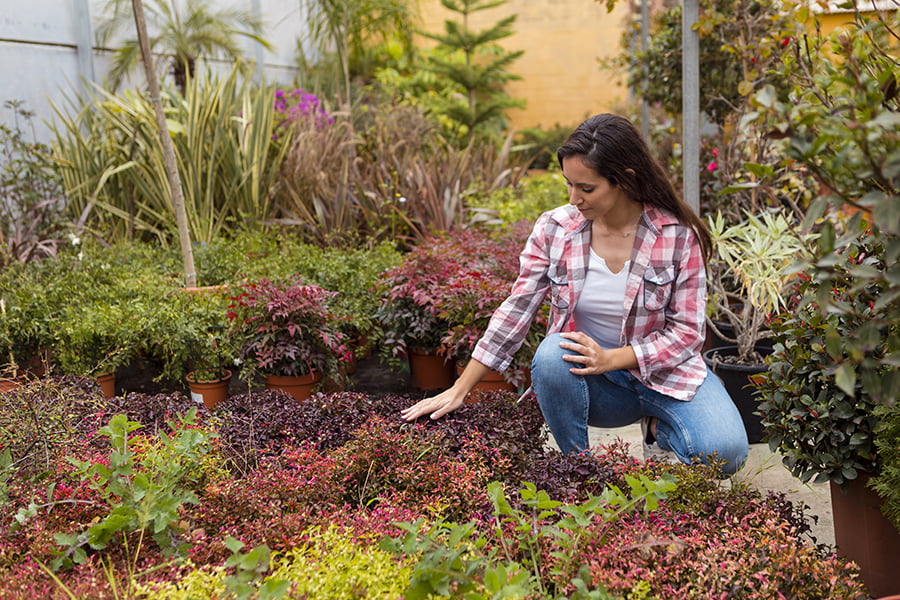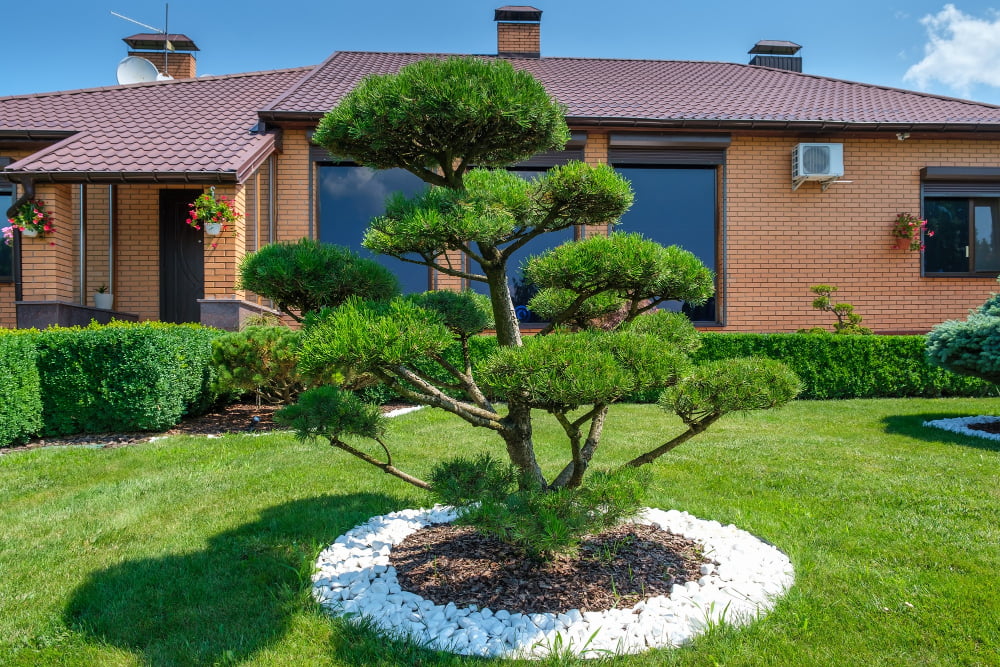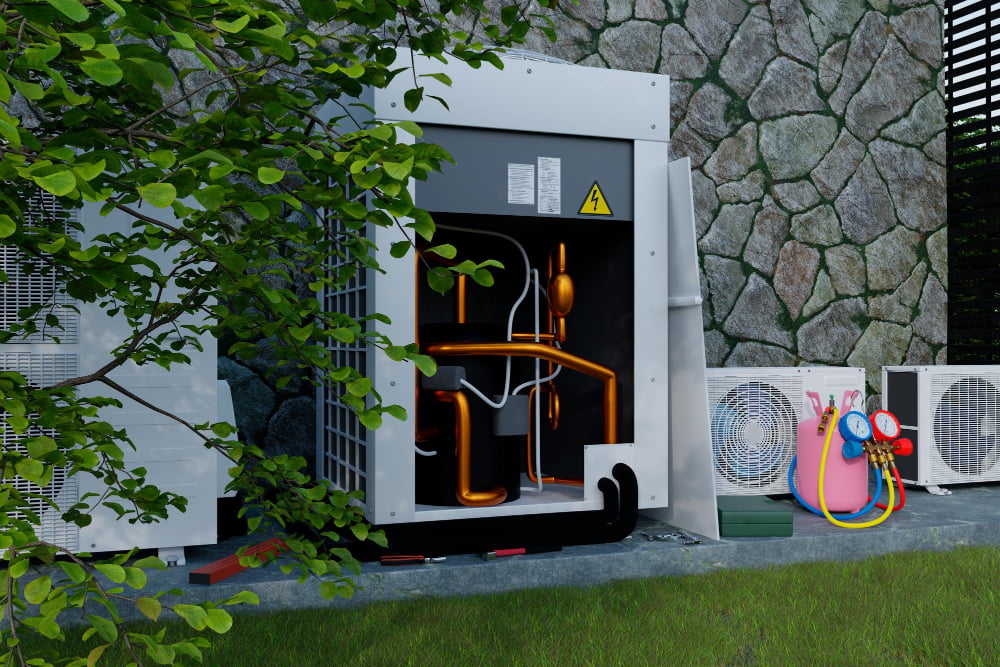Landscaping can be used to create a sense of privacy in a small outdoor space by planting tall shrubs or trees, building trellises or fences, and/or adding potted plants.
Creating a sense of privacy in a small outdoor space can be challenging, but it is possible with the right landscaping techniques. In this blog post, we’ll explore how you can use landscaping to create a sense of privacy and seclusion in your outdoor space.
We’ll look at different options such as fencing, trellises, shrubs and trees, and other landscape features that can help you create an oasis of peace and quiet. Read on to learn more about how to use landscaping to create a sense of privacy in your small outdoor space!
Planting Trees

Trees can provide both physical and visual barriers, blocking out unwanted views and noise from the outside. They also act as natural windbreaks, helping to reduce wind speed and creating a more comfortable environment for those using the space.
When selecting trees for this purpose, it is important to consider their mature size so that they do not become too large or overgrown for the area. Evergreen varieties are best suited for providing year-round privacy since they retain their foliage throughout all seasons.
Shrubs
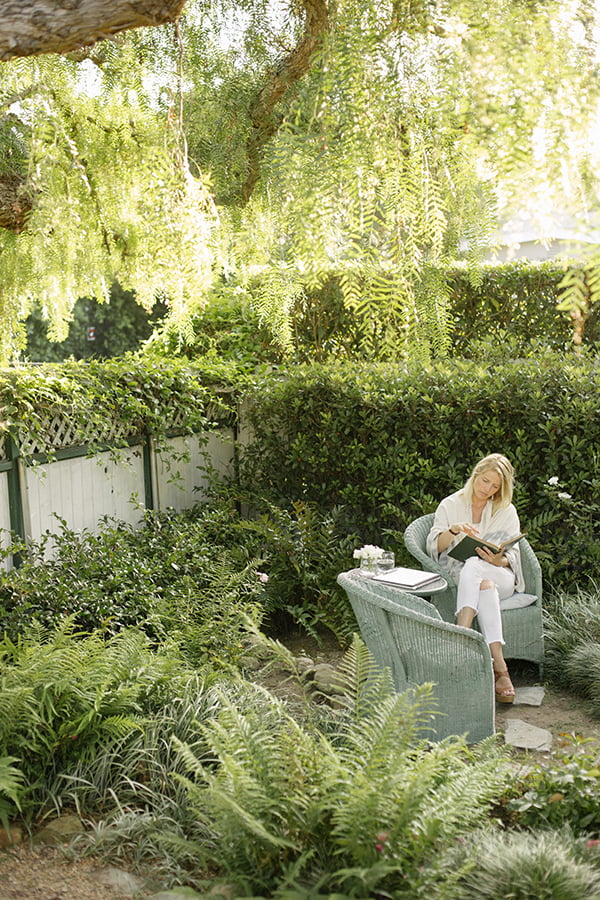
They can be used to form a natural barrier between your yard and the outside world, providing both visual and physical protection from prying eyes. Shrubs come in many shapes and sizes, so you can choose one that fits your needs perfectly.
When selecting shrubs for privacy, look for ones that will grow tall enough to block out views of the surrounding area while still allowing light into your space. Planting evergreen shrubs is also an excellent choice as they will provide year-round coverage without losing their leaves during winter months.
Consider planting several different types of shrubs together to create more texture and depth in your landscape design.
and Hedges
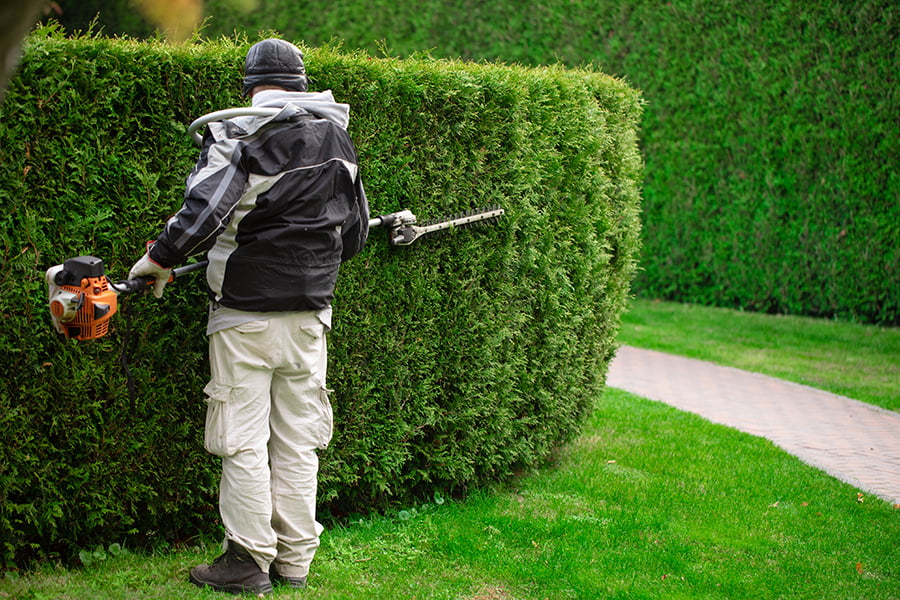
Hedges are plants that grow close together and form an evergreen barrier between two areas. They can be used to block out noise, wind, and prying eyes from neighbors or passersby.
Hedging plants come in many varieties, including shrubs, trees, and even flowering plants. When choosing the right hedge for your space, consider factors such as height, width, color, texture and maintenance requirements.
Planting hedges in staggered rows will help create more depth and visual interest than planting them straight across the area you want to enclose. Adding some taller trees around the perimeter of your hedged area will provide additional privacy while also creating an attractive backdrop for your garden or patio area.
Building a Fence or Wall

Fences and walls can be made from various materials, such as wood, metal, brick, or stone. Depending on the size of the area and budget available, fences can range from short picket-style fencing to tall privacy fences.
Walls are typically taller than fences and provide more soundproofing; however they may require additional permits for construction depending on local regulations. When building a fence or wall it is important to consider how much sunlight will be blocked out by the structure as well as any potential views that may be obstructed.
If there are any existing structures nearby it is important to ensure that the new fence or wall does not interfere with them in any way.
Installing Trellises With Climbing Plants

Trellises are structures made from wood, metal, or plastic that provide support for climbing plants. These plants can be trained to grow up and over the trellis, creating a natural wall that provides privacy and shade.
Climbing plants come in many varieties, including vines such as ivy and clematis; flowering shrubs like roses and jasmine; and evergreen trees like wisteria and honeysuckle.
When choosing which type of plant to use on your trellis, consider factors such as climate conditions, soil type, sunlight availability, water needs, growth rate, maintenance requirements, aesthetics (color/texture), size at maturity (height/width), hardiness zone compatibility (USDA Plant Hardiness Zone Map), pest resistance/susceptibility (IPM – Integrated Pest Management), and cost.
With careful selection of the right plant for your specific location you can create an attractive living wall that will provide years of beauty while also providing much-needed privacy in your small outdoor space.
Adding Lattice Screens or Panels to Existing Structures
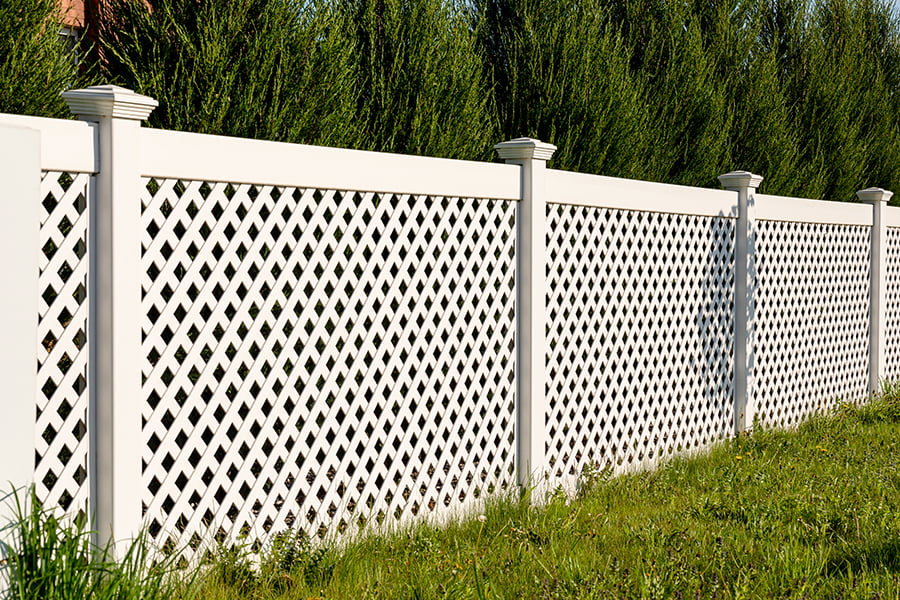
Lattice screens are made from wood, metal, or plastic and come in various sizes and shapes. They can be used to cover fences, walls, arbors, pergolas, decks, patios and other structures.
When installed correctly they provide an attractive visual barrier that blocks out unwanted views while still allowing light and air to pass through. The lattice panels can also be used as trellises for climbing plants such as ivy or clematis which will further enhance the feeling of privacy by creating a lush green wall around the area.
Creating an Outdoor Living Space With Furniture and Accessories That Block Views From Outside the Area
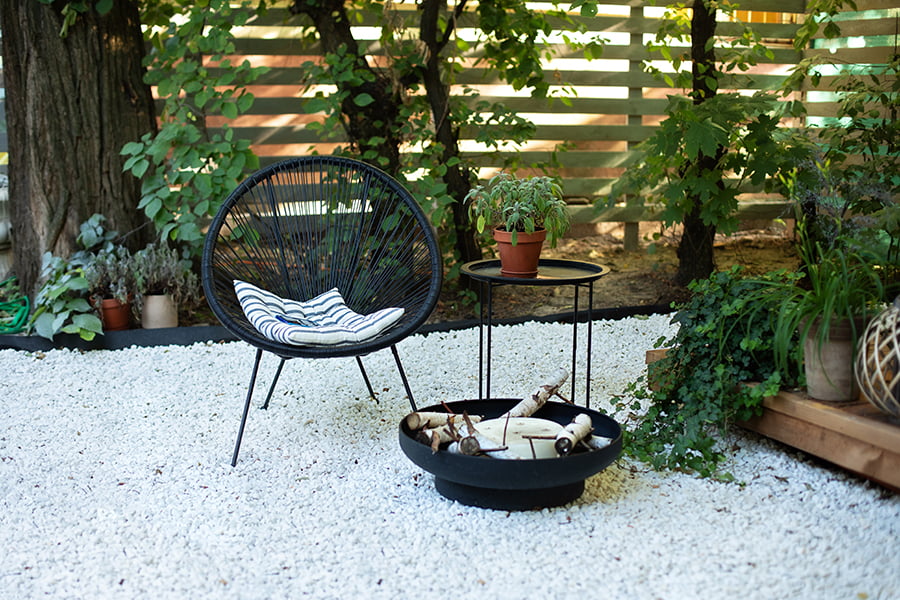
This can be done by strategically placing furniture, such as benches or chairs, around the perimeter of the area. Adding tall plants or shrubs along the edges will help to further block any views from outside.
Accessories like trellises and lattices can also be used to add extra height and coverage for more privacy. Using curtains or screens on windows or doors will provide even more coverage and make it difficult for people outside to see into your private outdoor living space.
